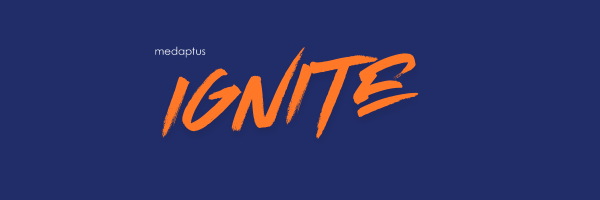A comprehensive charge capture solution not only makes it easy for providers to enter charges, but also includes workflow support for business office teams. Throughout this mid-cycle charge capture process, many data transactions occur simultaneously. Each of these events represent a point of intelligence that can inform future behavior and decision making. A robust and flexible reporting system, fueled by the information from all of these transactions occurring within the primary charge capture and charge review workflows, enables provider organizations to see trends, identify gaps, and reduce bottlenecks.
Consider these three measurement opportunities:
Scenario 1: Provider Timeliness
Visibility into when a patient admission started and when the encounter became a chargeable opportunity supports the ability to manage charge lag, a powerful tool in optimizing cash flow. A group may measure timeliness at the team level to set benchmarks for acceptable lag, and from there identify an attainable improvement goal. Over time trends will surface and point to outliers that are dragging out the cycle and possibly degrading other KPIs. The most useful reporting systems enable drilldown to understand what factors could be creating lag. For example, a newly credentialed physician learning documentation processes. Or maybe there have there been unexpected support team member absences. Once the root cause is identified, many issues can be corrected or prevented with training, technology, or process changes.
Scenario 2: Month-End Support
Month-end closing always presents additional pressure for business offices. For many revenue cycle teams, there is significant work required to ensure all service charges have been accounted for, any aging or missing opportunities have been identified, and that complex encounters have been coded correctly. And this happens in concert with ongoing day-to-day operational activities. This is where complementary charge management technology delivers efficiency in support of month end activities. Easy calendar look-back for admission reconciliation over the total number of visits with in-depth missing and late charge reporting enhance related revenue integrity processes.
Scenario 3: Improving Coder Productivity
A high-quality automated charge capture solution will invariably provide immediate improvements in coder productivity. But ongoing management of coder activity over time can drive even further improvements. For example, which coders have higher throughput levels than others and why? Is variation driven by the coder or by the physician? In concert with this, what is overall quality like – are denials increasing? Could some additional rules be put in place for the physicians or coders to correct the problems before billing?
Questions such as these can be answered with targeted report information. And the effective use of that information to drive process or training improvements can yield ongoing dividends in productivity and quality.
On the surface charge capture is a simple concept – documenting procedures and services for payment. But underneath it all lies a complex system of data feeds, workflows, rules and alerts – as well as human resources – to ensure smooth running and alignment with the complex physician reimbursement environment. Insights into underlying process challenges here offers tremendous opportunity for medical group revenue cycle teams to improve operations and ensure 100% capture of every billable dollar.
Get the latest updates and news delivered to your inbox.
Subscribe to our newsletter today.





